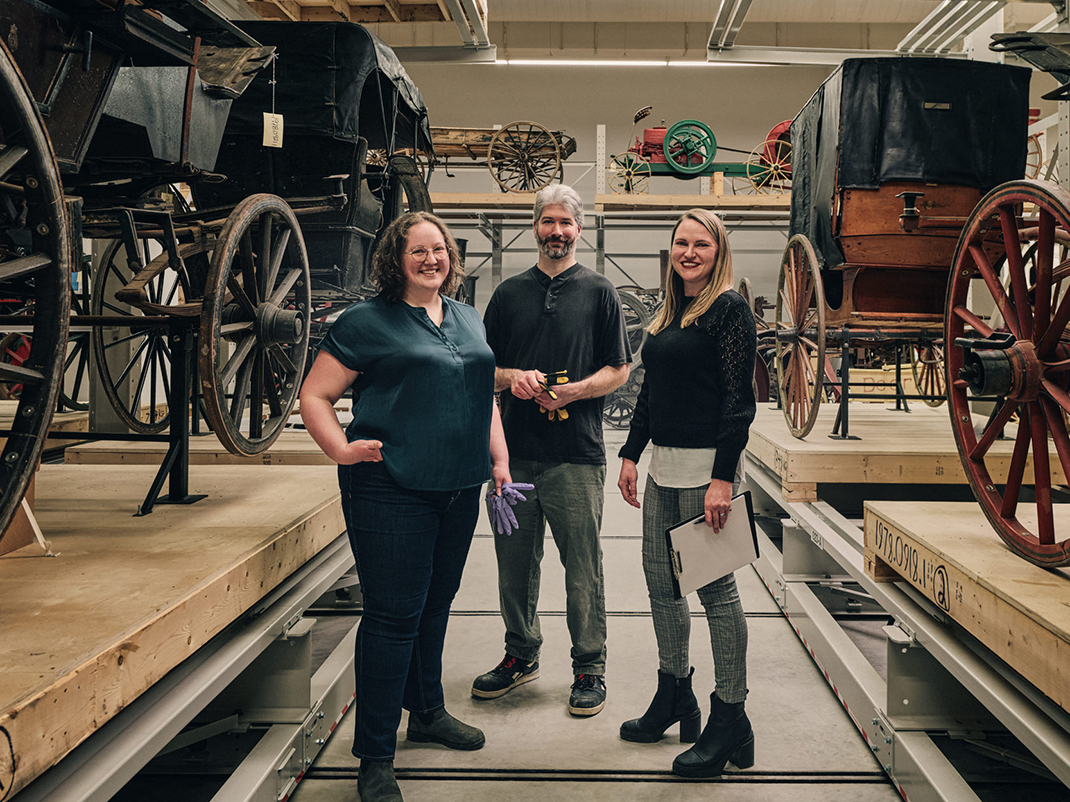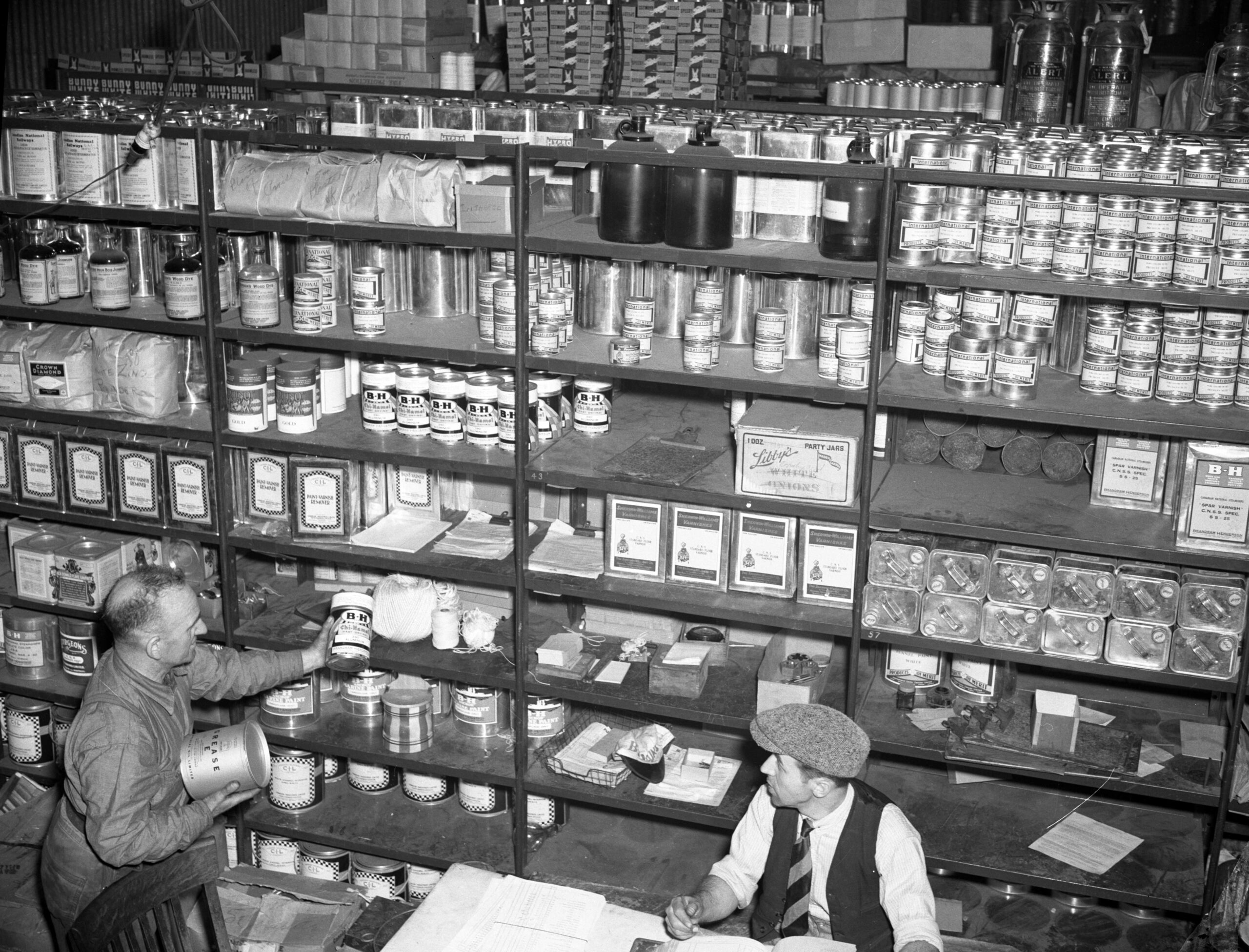Educating through amazement
We connect people of all ages to the wonders of science and innovation to learn and be inspired.
“We are Canada’s museums of science and innovation.” [Aerial view of the Ingenium Centre.]
“We ignite STEAM learning across the country, in classrooms, at home, and at our three family-friendly museums in Ottawa.” [A man shows an electronic sackbut to a group of visitors, children participate in science experiments in a classroom, a family visits the Canada Agriculture and Food Museum.]
“Visit us to experience memorable moments of surprise and discovery.” [A flame passes through a tube in a science experiment as children watch with wide eyes.]
“And have a firsthand look at Canada’s unique collection of science and technology artifacts.” [A group of visitors listens intently to a museum curator speak on science and mathematic artifacts inside the Ingenium Centre artifact storage facility.]
“No matter where you are, we connect people of all ages to the wonders of science and innovation.”[Visitors point to a video of space at the Canada Aviation and Space Museum, children participate in a cooking demonstration at the Canada Agriculture and Food Museum.]
“At Ingenium, we’re inspiring a nation of innovators by bringing learning to life.” [Children reach forward towards mist at a science demonstration at the Canada Science and Technology Museum.]
[Ingenium logo, Canada watermark.]
Our museums
Our three national museums in Ottawa cover soil to space—and everything in between. Unique in Canada, our museums are brought to life by our incredible collection of artifacts that represent our nation’s heritage, and showcase Canada’s contributions to science and innovation.

Canada Agriculture and Food Museum
Enjoy a fresh-air adventure at a working farm, and explore how agricultural science and technology is shaping Canadians’ everyday lives.

Canada Aviation and Space Museum
Let your imagination take flight and discover Canada’s rich history and achievements in aviation and space.

Canada Science and Technology Museum
Tap into your inner scientist through discovery, play and experiential learning.
Tour our collection
Go behind-the-scenes and explore the artifacts in our care with a guided tour. Discover Canada’s rich heritage of science and innovation, and see firsthand a wide range of the 150,000 objects in our collection—from railway locomotives to medical technologies and vintage cars.


Partner with us
We work with others that share in our mission to foster a culture of scientific curiosity and discovery. Recognized as a trusted source by Canadians, Ingenium’s national presence offers partners opportunities to share their stories with new audiences.
Become an Ingenium member
Enjoy unlimited access to Ingenium’s three engaging museums – where families and science enthusiasts of all ages experience memorable moments of discovery and fun. Join now for access to exclusive events, programming, discounts, and more!


Join our team
Take your career to new heights by joining Ingenium. Together, we inspire a nation of innovators by bringing learning to life. Explore jobs in visitor experience, museology, corporate services, and more.
From The Channel

The Canadian economy and the Second World War
Canada’s economy underwent dramatic changes during the Second World War, as Britain looked overseas for new sources of food, lumber, minerals, and other resources.

Wool in the Pembina Fibreshed
Learn more about regional textiles and the fibreshed movement in Manitoba.

The face of the rails: Black porters in Canada
Black porters were integral to the day-to-day operations of Canadian railways from the late 19th to mid 20th century.


Land acknowledgement
Ingenium’s three museums - the Canada Agriculture and Food Museum, the Canada Aviation and Space Museum, and the Canada Science and Technology Museum – and the Ingenium Centre are located on the unceded and unsurrendered territory of the Anishinàbe Algonquin Nation. We welcome dialogue as we continue to build on this work in collaboration with Indigenous nations and organizations.
